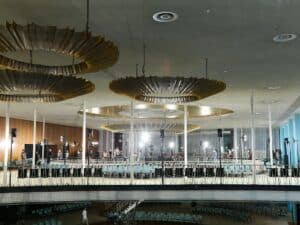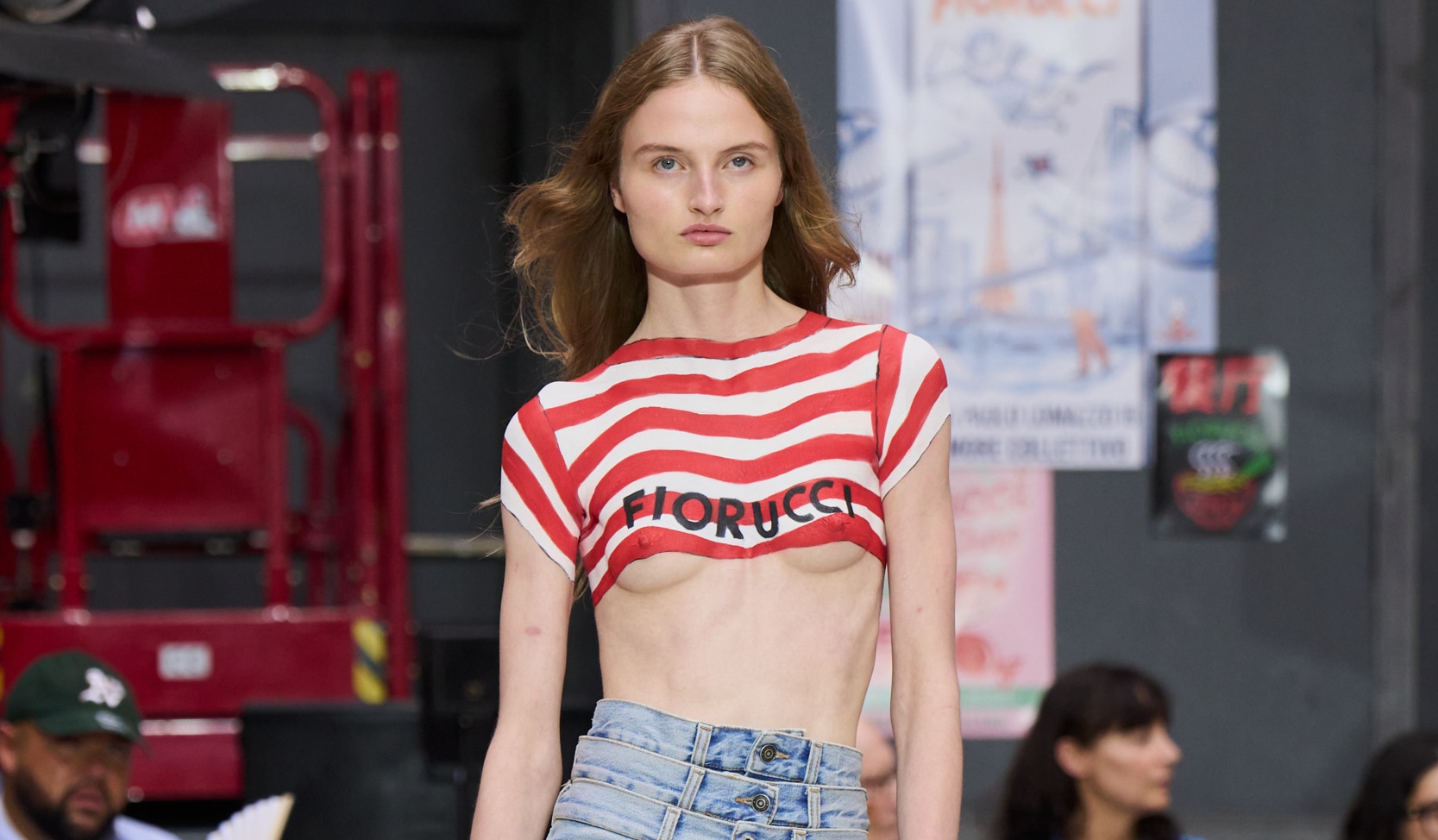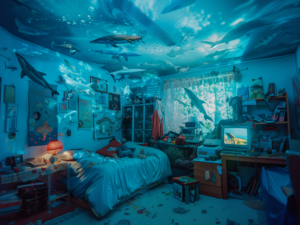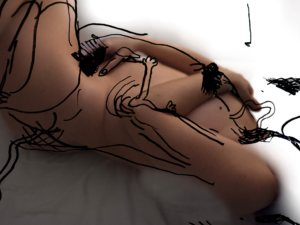As the year goes by, now is the time for a little recap of the year. While it can be agreed upon that 2020 has not exactly been a pleasure, we as a team refuse to complain about canceled events and claustrophobic home office days … Instead, we prepare ourselves for 2021 with a collection of powerful female art to inspire and delight.
Together with König Galerie, Fräulein offer an art calendar that will give you beauty and inspiration for every month of the next year to come. After all, at the end of something that can be considered a bad year, all that is left is looking forward to the next one.
Since most of us did not have the pleasure of visiting as many exhibitions as they would have wished this year, let us take you through this one:















